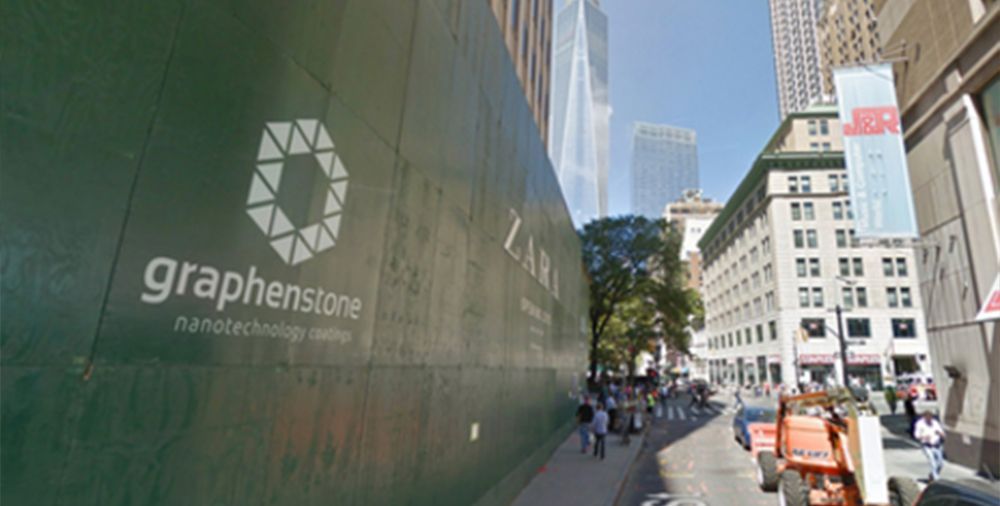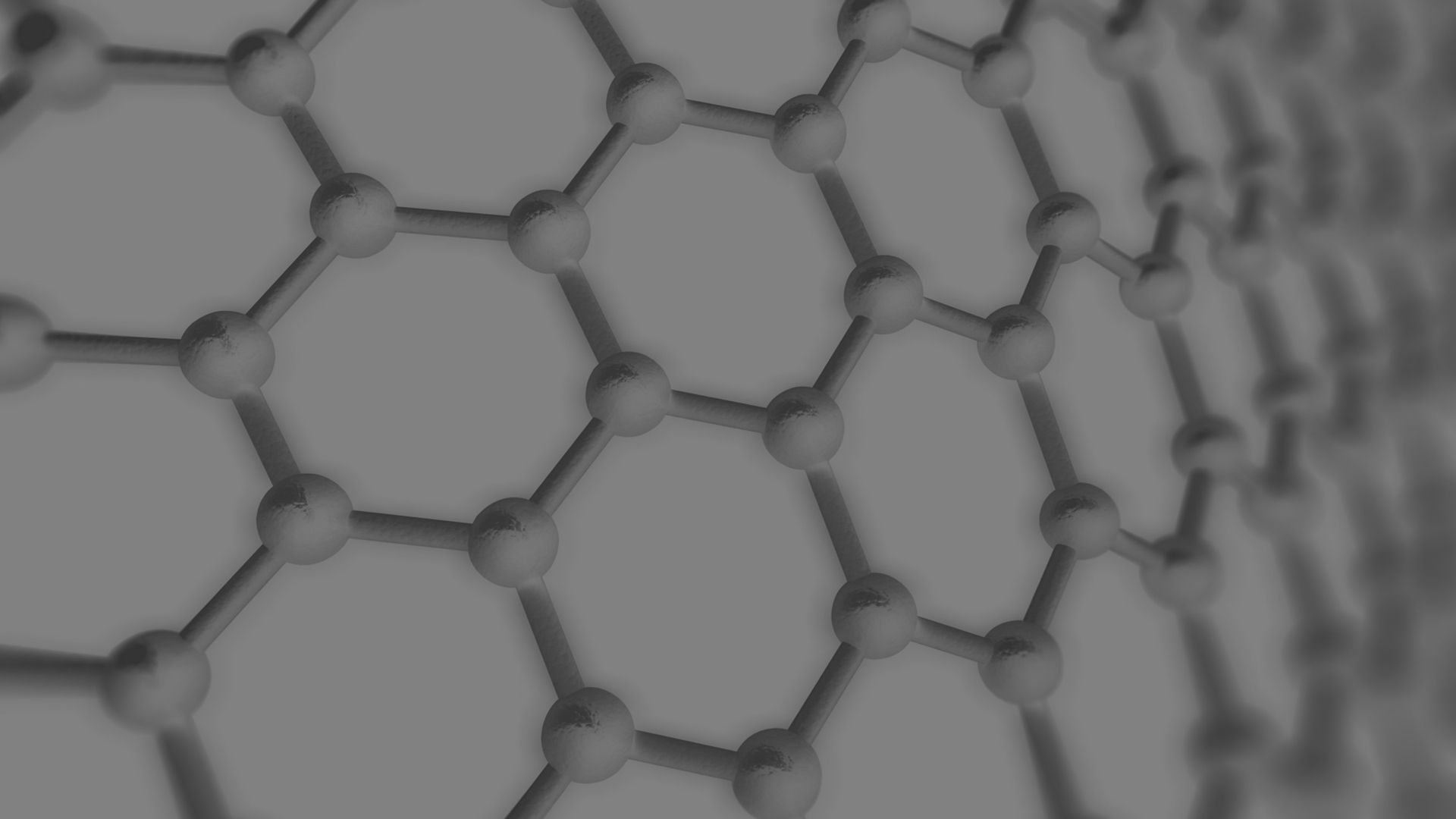
28 Jul Zara gets painted with graphene
Fashion and technology always find ways to converge. An example of this is Inditex and Graphenstone. The retail giant has relied on the paints of the young Spanish company to restore its next store in the financial district of Broadway, an alliance that will be repeated in the next reforms of the textile group. The coating incorporates graphene in its formulation, a material that provides incredible properties.
Graphenstone is the result of a joint venture between Seville-based IEDISA paints manufacturer and Graphenano, the only company capable of producing graphene on an industrial scale. The basis of their paint is a lime of “the highest quality, unique in the world”. Graphenstone employs a lime-making system that dates back to the mid-nineteenth century and is obtained in wood-burning furnaces like those used by the Romans and the Arabs. This substance provides breathability and antibacterial power.
The key ‘ingredient’ of the formulation, however, is graphene nanofibers, which acts as a support mesh at the molecular level. The so-called ‘material of God’ has formidable characteristics: it is 200 times stronger than structural steel, 20% more flexible and conducts ‘extraordinarily’ electricity and heat. These qualities give new properties to the paints.
It is a fully ecological paint, since it does not contain carcinogenic substances nor harmful agents. Natural coatings, especially those based on minerals, are good CO2 absorbers. But they fail to provide resistance, so they require to get repainted “soon”, in addition to needing many layers to cover the area well, says Graphenano Vice President, José Martínez. Graphenstone solves this problem thanks to the introduction of graphene nanofibers in its composition that form an internal structural mesh capable of providing lime with a “much more consistent and flexible” framework. This improves the resistance of the paint and allows a durability of up to 10 years. “Neither peels nor cracks,” says Martinez.
Graphene also enhances the ability of paint to control pollutants. A 15-liter pot of Graphenstone is “capable of absorbing 4.8 kilograms of CO2.” Its use in facades, allows to protect the walls of the harmful and corrosive emissions that can damage the structures. It also helps to purify the environment indoors. In addition, the product is antibacterial, anti-mold and antifungal.
This list of advantages has convinced the ‘giant’ Inditex, which has made Graphenstone its official supplier. The litmus test of the painting company has been one of the group’s most iconic reforms: the refurbishment of a commercial space in the iconic Manhattan in the financial district of Broadway, one of the world’s best-known commercial districts.
The building, which is already being rehabilitated with the Graphenstone product range, was built in 1898 by the American architect George Browne Post. The building, known as St. Paul Building, has a facade of concrete columns, “material that was generalized at the time as an alternative to iron and wood to take advantage of its features from a constructive point of view.” Graphene products are being applied in both inside and outside of Zara. From now on, Graphenstone gets involved in the reforms and enlargements made by the textile group in the 57 countries where it is located.
Source: El Mundo


